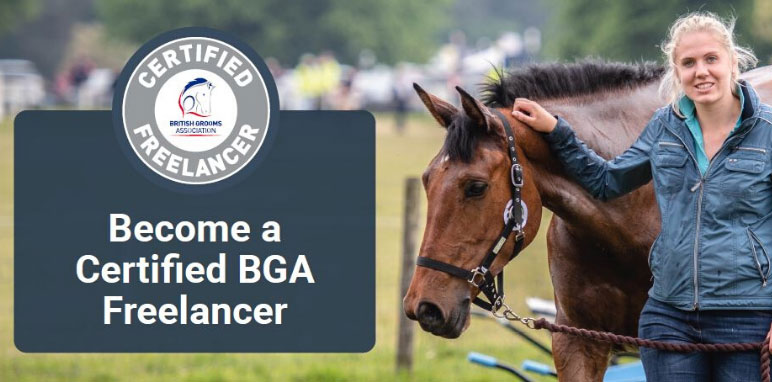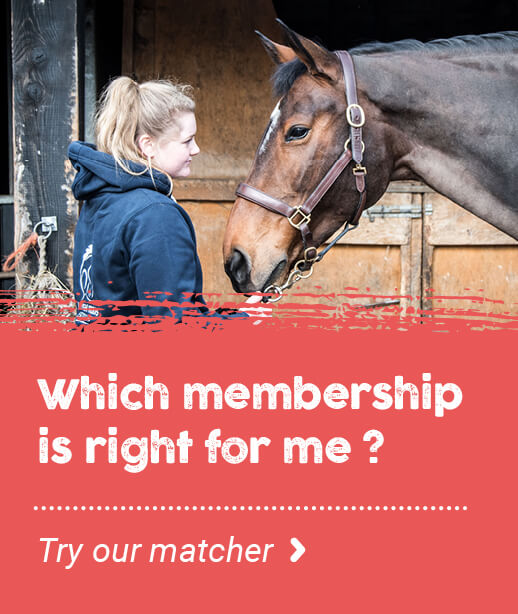- Join Now
- Login
- Member Zone
- Your Career
- Freelancing
- International Grooms Association
- BGA Training
- Healthy Yard Healthy Horses
- Transporting horses
- Brexit
- Safe workplace
- Student Zone
- Member Discounts
- BG Magazine
- Member services
- My employment
- Am I employed correctly
- Grooms Minds
- Safeguarding
- Legal Helpline
- BGA guide to the National Minimum Wage
- Training & Careers
- BGA CV Creator
- Horse groom training
- Where to Train
- BGA E Learning
- Career choices
- Change to Racing
- First Aid training for grooms
- Parents
- Grooms Jobs
- Grooms Life
- About
- News
- Contact


Beware the seasonal risk of grazing horses around oaks and sycamores, says BEVA, (a world leading equine veterinary association committed to supporting equine veterinary professionals.) BEVA is urging owners to keep their horses safe from the seasonal risks of grazing around oak and sycamore trees, following a spate of veterinary cases needing urgent treatment after the ingestion of toxic seeds. Ingestion of sycamore seeds or acorns can cause rapidly fatal illness in horses. BEVA members have seen higher numbers of atypical myopathy and acorn toxicity cases this autumn. “The extreme weather over the summer may have contributed to the production of greater quantities of sycamore masts and acorns than normal,” warned BEVA President David Rendle. “High winds over the next few weeks will likely serve to increase the risk further. Ideally horses should be kept away from grazing around oaks and sycamores but if no other pasture is available supplementary feed should be provided. If horses that have access to sycamore seeds or acorns show signs of illness, veterinary attention should be sought immediately.” Seeds (“masts” or “helicopters”) from the common sycamore tree (Acer pseudoplatanus) produce a toxin called Hypoglycin A, which can remain present in high concentrations in seedlings. When horses eat these, either by accident or because they are lacking other forage options, some individuals will develop severe and often fatal muscle damage, called atypical myopathy. Horses with atypical myopathy may present with variable signs of muscle soreness, stiffness, weakness, difficulty breathing, dullness, lethargy, muscle trembling, colic-symptoms, and characteristically, brown or dark red urine. Suspected cases should receive veterinary attention immediately. Around three quarters of affected horses will die, often despite extensive veterinary treatment but those surviving the initial period will usually go on to make a full recovery. Acorn “toxicity” is less common and less well understood than hypoglycin toxicity. The apparent increase in cases seen recently may be an unfortunate combination of the extreme dry summer weather and normal variation in acorn production. Just like all fruit and nut trees, oak trees can produce variable amounts of acorns from year to year, with ‘mast years’ of unusually high production. When a group of horses are exposed to acorns from the same oak tree, only one or two horses will fall ill. This may be because individual horses are particularly susceptible, or that some trees, or even certain acorns, are particularly toxic. Protection from acorn toxicity in other species, such as pigs, comes from the production of tannin-binding salivary proteins. These proteins are not normally produced by horses, but it is possible that some individuals have them and are protected in this way. The toxic effects of acorn ingestion can be severe and prompt veterinary attention is essential. Clinical signs include moderate to severe colic or colitis, lethargy, dehydration and dark urine which can be a result of kidney failure. Signs may develop extremely rapidly and death can occur within a further 12-24 hours. Horse owners are advised to take practical steps to prevent the diseases by limiting access to sycamore seeds and acorns: • Identify trees both around grazed fields as well as those in close proximity. The characteristic maple leaf shape is easy to spot, and most people will be familiar with the oak, but if in doubt a test is available from the Royal Veterinary College as a result of work funded by The Horse Trust. • Collect seeds or exclude horses from affected areas using electric fencing or stabling. • Feed supplementary hay to try and prevent horses from excessive foraging for short blades of grass and inadvertent ingestion of seeds. But ensure that hay does not become contaminated by seeds. • Don’t rashly fell trees when laden with seeds as this can cause a sudden and massive contamination of the pasture. Consider local regulations, tree protection orders and tree ownership if felling is the only option. • Monitor horses carefully even after they have been moved from affected pasture as disease can occur up to four days after exposure. You can download the Royal Veterinary College’s fact sheet on Atypical myopathy, and the British Horse Society's fact sheet on Acorn Poisoning. For further information visit www.beva.org.uk.BEWARE the Seasonal Risk
27th October 2022



Action!
If you're not a member yet, find out more about the benefits and how we can support you.
BLOG ARCHIVE
- 2025 (16 ENTRIES)
- 2024 (52 ENTRIES)
- 2023 (60 ENTRIES)
- 2022 (35 ENTRIES)
- 2021 (24 ENTRIES)
- 2020 (19 ENTRIES)
- 2019 (45 ENTRIES)
- 2018 (36 ENTRIES)
- 2017 (7 ENTRIES)
What the personal accident policy covers you for:
- Whilst at work
- All stable duties – mucking out, grooming, washing off, turning out
- Clipping
- Riding – including hacking and jumping
- Hunting
- Lunging
- Breaking in
- Holding horse for a vet and other procedures
- Travelling horses both in the UK and abroad
- Competing in line with your job including: jumping, dressage, eventing
- Injuries that may happen to you whilst you are teaching - but you must also be grooming as part of your duties and not be a sole instructor
What the personal accident policy doesn’t cover you for:
- Riding in a race, point to point or team chase
- Stunt Riding
- Accidents occurring whilst travelling to and from work
- Riding and competing your own horse (but you can upgrade when applying for membership to include this)
- Public Liability – this is a separate insurance policy - the Freelance Groom Liability Insurance
- Care Custody and Control – this is a separate policy - the Freelance Groom Liability Insurance
If you require additional cover then please contact KBIS directly.
| GROOM | RIDER | EMPLOYER | |
|
When you are working for other people you do most of the following; muck out, turn out/catch in, tack up, groom horses, exercise Horses (including hacking, jumping and schooling), in the care of your employer/client. |
|
|
|
| Predominantly ride horses for other people including schooling, exercising and competing. | NO |
YES |
YES |
| Provide grooming services for someone else either full time or on a freelance basis i.e. an employer or a client. | YES |
NO |
NO |
| Employ staff – have an employers liability policy in your name | NO | NO | YES |
| Buy and sell horses | NO | YES | YES |













